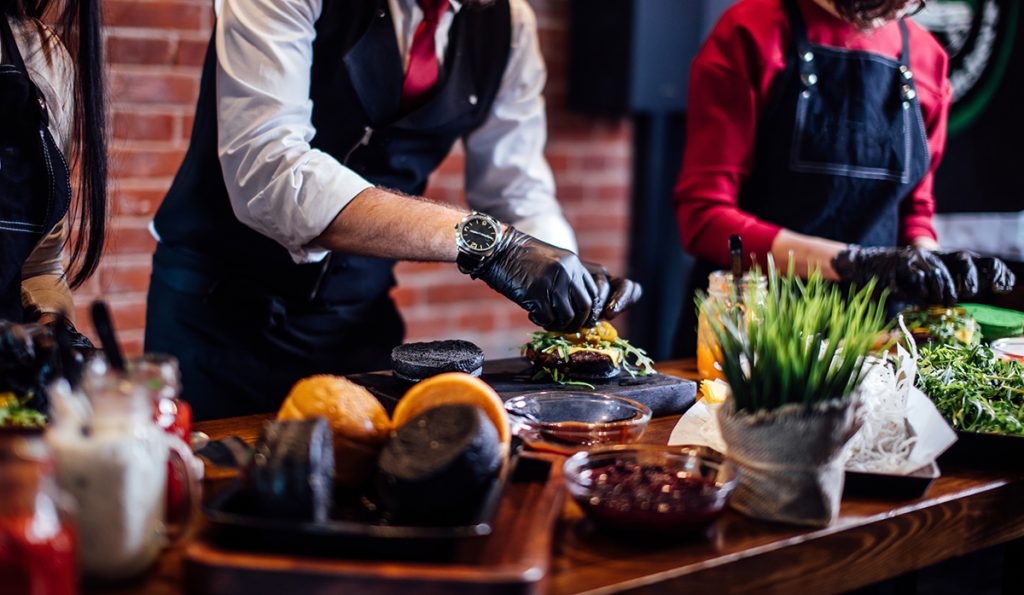
The COVID-19 pandemic and all the restrictions that go along with it have no doubt changed the way people are eating out – or rather, eating in. Restaurants have had to adapt and find ways to better streamline their delivery and take-out operations. But the move towards delivery among consumers had started even before the pandemic hit, and there were innovative companies that created a new solutions – a ghost kitchen. The events of 2020 have just caused this new trend to catch on even more.
What is a ghost kitchen?
Ghost kitchens are a way for food establishments to enhance their delivery and take out offerings. There are a few different types of ghost kitchen models.
Types of ghost kitchens
Offsite kitchen through a third party
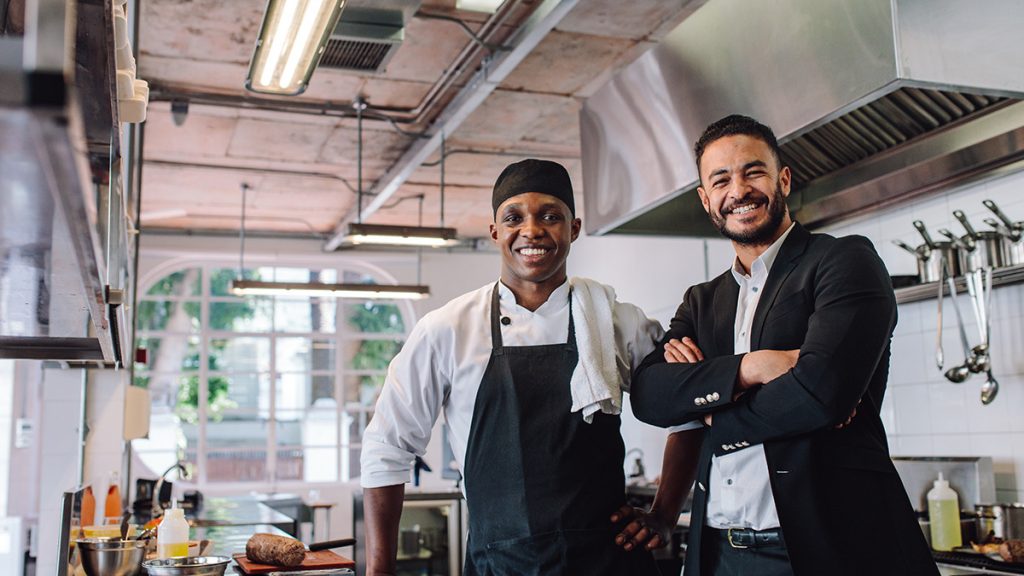
One ghost kitchen model is to utilize off-site meal-preparation facilities to fulfill take out and/or delivery orders. These off-premises kitchens are also called “virtual kitchens.” Several companies have begun offering this service to restaurants, including one called Reef. They have kitchens in mobile pods across the country with highly skilled chefs preparing orders to the restaurant’s exact specifications. There are no upfront expenses for the restaurant, and the consumer orders however they normally would (UberEats, Postmates, etc.) without ever directly interacting with Reef.
The first advantage to this approach is that it saves space in your own restaurant’s kitchen to prepare dine-in orders, and allows your staff to fully focus on dine-in customers instead of also juggling carry out orders. The other big advantage is that it allows you to serve a wider geographical range, maybe even helping you reach high density neighborhoods you couldn’t before.
Your own existing commercial kitchen, but a separate brand and menu

Another reason a restaurant might use a ghost kitchen is to try out a different food concept from their main menu and brand – almost like a virtual restaurant or ghost restaurant. One restaurant that’s taken this approach during the pandemic is Alinea in Chicago. Known for their immersive dine-in experience, they had to find a way to make off-premises dining work for them while COVID-19 restrictions were in place. They created a separate concept, Alinea To Go, featuring a new inventive preset menu every few weeks.
In this model, you use your existing kitchen space, but you get to experiment with new menu offerings and branding to see what sticks with your customers. You may even end up making additions to your standard menu.
Food truck rental
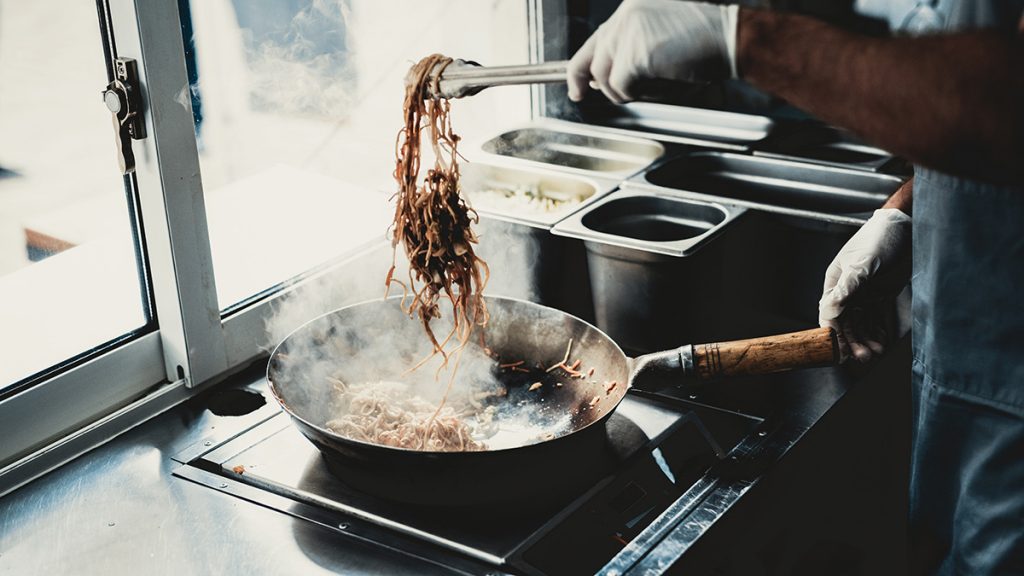
If you’ve ever thought about getting a food truck but didn’t want to spend the capital or know where to start, food truck rental might be the perfect ghost kitchen model for you. Companies like Zevv are making it possible. They provide restaurants with a clean energy mobile vending unit, tell them where to go to maximize profits, and set them up with a management software.
This is another ghost kitchen, or “cloud kitchen”, model that helps restaurants expand their geographical reach. It could also be a good way to get staff members who have been laid off during the pandemic back to work.
Pros and cons of ghost kitchens
So is a ghost kitchen concept right for your operation? Some of the cons are that you can’t ensure the final quality of your food if you’re using a third party kitchen with their own chefs, and you’re using up a lot of your own existing kitchen space if you take the food preparation on yourself. But the pros are that you can expand your reach beyond your immediate geographical area, streamline your delivery and take out operations, and try out new menu items and branding.
Resources to get started
For help setting up a ghost kitchen, US Foods has an entire program you can follow. And when it comes to take out supplies such as eco-friendly containers and cutlery, eTundra has you covered. It looks like the take-out and delivery trend will outlast COVID-19 restrictions. Consumers will continue to expect restaurants to provide off-premises dining options they can depend on, and ghost kitchens are a great way to meet that demand.
 Corner Booth Blog | TundraFMP Restaurant Supply, News & Equipment Blog
Corner Booth Blog | TundraFMP Restaurant Supply, News & Equipment Blog


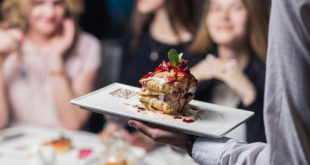
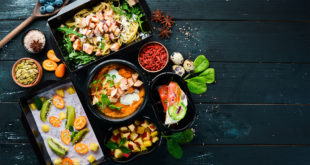
Great detailed information. These are the very basics that an owner should be clear of before starting a ghost kitchen. Factors like resources on hand and target consumers also impact the type of ghost kitchen one wants to opt for. Once all that is considered and things have fallen into place, one should consider getting a customized online ordering system that would give the customers an ease of placing an order. Check out our product here at https://www.restolabs.com/